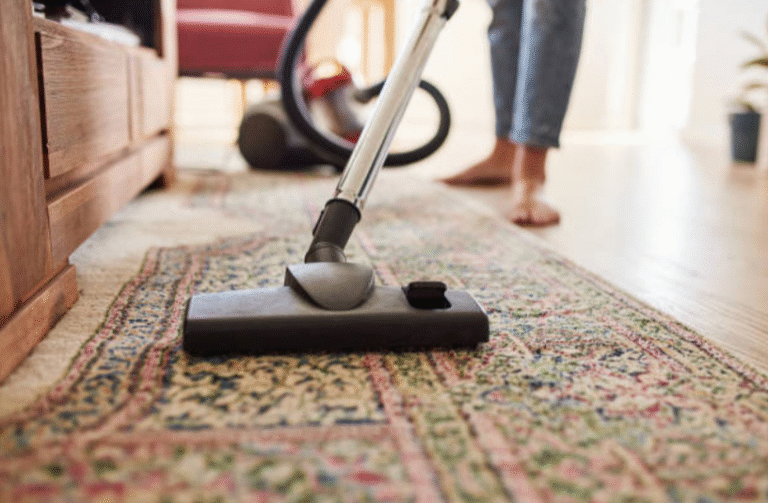Experience Realistic Golf Practice Indoors
Rain, snow, or shine—your golf game doesn’t have to stop when the weather turns bad. Modern indoor golf technology has transformed how players practice and improve their skills. With advanced simulation systems and precise tracking capabilities, you can now enjoy authentic golf experiences from the comfort of your own home.
Whether you’re looking to maintain your swing during winter months or squeeze in practice between busy work schedules, indoor golf solutions offer convenience without compromising on quality. The technology has evolved far beyond simple putting mats and foam balls, delivering data-driven insights that can actually improve your performance on real courses.
The Evolution of Indoor Golf Technology
Indoor golf has come a long way from basic practice nets hanging in garages. Today’s systems use sophisticated sensors, high-speed cameras, and projectors to create immersive environments that closely mirror actual golf courses.
Modern indoor setups can track ball speed, launch angle, spin rate, and club path with remarkable accuracy. This data helps players identify specific areas for improvement rather than simply hitting balls without purpose. Many systems even simulate weather conditions and course terrain, adding realistic challenges to your practice sessions.
Key Components of Professional-Grade Systems
High-quality indoor golf setups typically include several essential elements. Launch monitors capture precise ball flight data using radar or camera technology. Projection systems display life-like course visuals on impact screens or nets. Software platforms offer access to famous courses from around the world, letting you play virtual rounds at Pebble Beach or Augusta National.
Impact screens absorb ball strikes while displaying crisp visuals. Quality screens can handle repeated impacts from real golf balls without damage, ensuring your investment lasts for years of practice.
Benefits of Indoor Golf Practice
Practicing indoors offers several advantages over traditional outdoor ranges. Weather never interferes with your schedule, allowing consistent practice year-round. You can work on specific shots repeatedly, analyzing data after each swing to understand what works and what doesn’t.
Time efficiency stands out as another major benefit. No driving to courses, no waiting for tee times, and no searching for lost balls. You can squeeze in meaningful practice sessions during lunch breaks or late evenings.
Indoor environments also eliminate distractions common at busy driving ranges. You can focus entirely on your technique without worrying about other golfers or external noise.
Data-Driven Improvement
Perhaps the most valuable aspect of indoor practice is the immediate feedback available through advanced metrics. Traditional range sessions often involve guesswork about ball flight and distance. Indoor systems provide exact measurements for carry distance, total distance, ball speed, and launch conditions.
This information helps you understand cause and effect relationships in your swing. You’ll see precisely how grip changes affect ball flight or how stance adjustments impact distance. Such detailed feedback accelerates improvement compared to outdoor practice alone.
Choosing the Right Setup for Your Space
Not every indoor golf solution requires a massive room or professional installation. Compact systems work well in basements, garages, or spare bedrooms with ceiling heights as low as eight feet.
A basic golf simulator at home might include a launch monitor, projector, and impact screen. More elaborate setups can incorporate surround sound, custom lighting, and professional-grade turf. The key is matching your system to your available space and budget.
Consider your practice goals when selecting equipment. Players focused on putting might prioritize quality putting simulators, while those working on full swings need robust ball-tracking technology and durable impact screens.
Installation and Space Requirements
Most residential installations require approximately 10 feet of width, 10 feet of depth, and 9 feet of height for comfortable full swings. However, compact systems can work in smaller spaces with some swing modifications.
Professional installation ensures optimal positioning of cameras, projectors, and screens. Proper calibration is crucial for accurate ball tracking and realistic course visualization.
Popular Indoor Golf Applications
Beyond personal practice, indoor golf serves various purposes. Corporate entertainment venues use simulators for team building events and client entertainment. Teaching professionals rely on launch monitor data to provide more effective lessons.
Home installations often become social gathering spots where friends compete in virtual tournaments or play famous courses together. Many systems support multiplayer modes and online competitions against players worldwide.
See Also:
Making Your Investment Count
A golf simulator at home represents a significant investment, but the long-term value often exceeds the initial cost. Consider how much you typically spend on range balls, course fees, and travel expenses for golf trips. Quality indoor systems can pay for themselves within a few years while providing unlimited practice opportunities.
Regular software updates keep content fresh with new courses and features. Many manufacturers offer subscription services that add courses and game modes regularly.
Transform Your Practice Routine
Indoor golf technology has reached a point where the experience rivals outdoor practice in many ways. The combination of accurate data, convenient access, and engaging visuals creates an environment where improvement happens faster and more efficiently.
Whether you’re a beginner learning fundamentals or an experienced player fine-tuning your technique, indoor golf provides the tools and feedback necessary for meaningful progress. The investment in quality equipment and proper installation creates a practice facility that’s available whenever inspiration strikes, regardless of external conditions.






